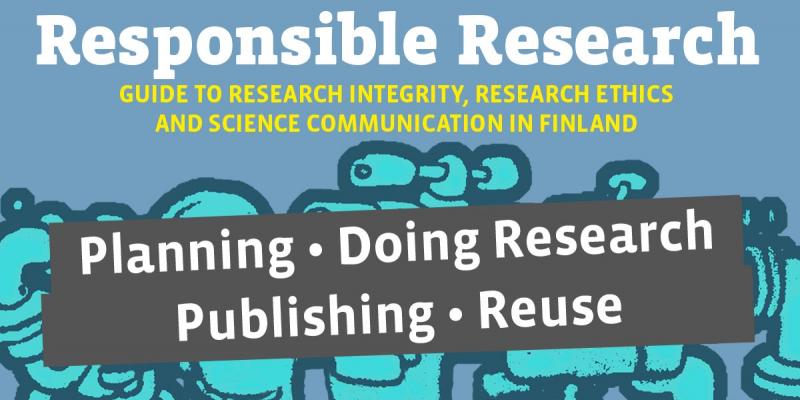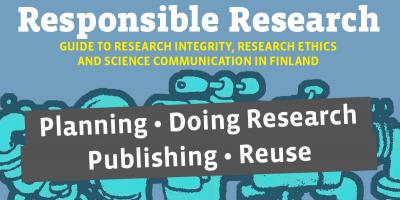How do you bring your knowledge to the public?
As a researcher, you may not doubt the importance of your work. But its influence is, of course, dependent of its outreach. Disseminating research is an important responsibility for every researcher. As stated in The Science Communication Recommendations (2018) by the Committee for Public Information: Science belongs to everyone. So, how do you bring your knowledge to the public?
Here are four tips that have been useful for the Norwegian National Research Ethics Committees, both in our own communication strategy and in our role as a professional resource for Norwegian researchers.
1. Use social media
Many researchers are scouring social media for the exact same reason as to why they should cherish them: it’s where the general public is. According to Statista.com, 77 percent of the Finnish population aged 18 to 64 were on Facebook and Facebook Messenger in 2018. 37 percent were on Twitter. So, start posting your research! You can tag specific people or message them directly, even the Prime Minister. You might get valuable feedback from new readers and good public debate training. Just remember to stay in role, even if the platform is informal.
Many science institutions also use Instagram to present their people and science; check out the Norwegian Institute for Energy Technology, humansofife, as an example.
2. Use your communications officers
Let them teach you how to shape your message for the right audience. Not all research is suited for the main headline for Helsingin Sanomat, but there are a number of channels to choose from. If you don’t have a communications officer, use a colleague from a different field of expertise to help you simplify your message. A general rule is to minimize your number of reservations to make the important ones stand out. The best disseminators are true to their findings, yet clear.
3. Befriend a journalist
When you spot good research articles, podcasts, blogs and so on, note who made them. Some journalists may have specific knowledge of your scientific field and can help bring your research to the masses. When you collaborate with journalists, know your rights. Bear in mind that the journalist must aim to provide truthful information, according to their professional code.
4. Think outside the box
Maybe a commentary article in the news media is not your best arena for outreach. If your research comes with a story, it might inspire a larger feature article (think fairytale: obstacles, helpers, heroes, and so on). Sometimes the process is more interesting to the public than the product.
Ask the local movie theatre if they will host a scientific movie night. Choose a suitable movie to complement your message, and share your insights through an introductory presentation or discussion. Invite other experts and/or a moderator to help the conversation.
Are there specific stakeholders to your research? Make sure they invite you to present your work at their most important events.
Does your institution have a podcast? If not, could you join forces with others and make one – in office or elsewhere – or offer your findings to an existing science podcast? Podcasts often allow thorough presentations and context.
Invite colleagues to a lunch presentation. Knowing each other’s research can bring about unforeseen synergies.
Ingrid S. Torp is the Communications Officer for the Norwegian National Research Ethics Committees and the Web Editor of Forskningsetikk.no
Further information:
Bold communication, responsible influence. Science communication recommendations (The Committee for Public Information, 2018): https://www.tjnk.fi/sites/tjnk.fi/files/recom_scicommunication_2018.pdf
Social media usage in Finland - Statistics & Facts: https://www.statista.com/topics/4173/social-media-usage-in-finland/
Guidelines for journalists by The Union of Journalists in Finland: https://journalistiliitto.fi/en/ground-rules/guidelines/
You might also be interested in
Tämä teos on lisensoitu Creative Commons Nimeä 4.0 Kansainvälinen -lisenssillä. Detta verk är licensierat under en Creative Commons Erkännande 4.0 Licens. This work is licensed under a Creative Commons Attribution 4.0 International license.

